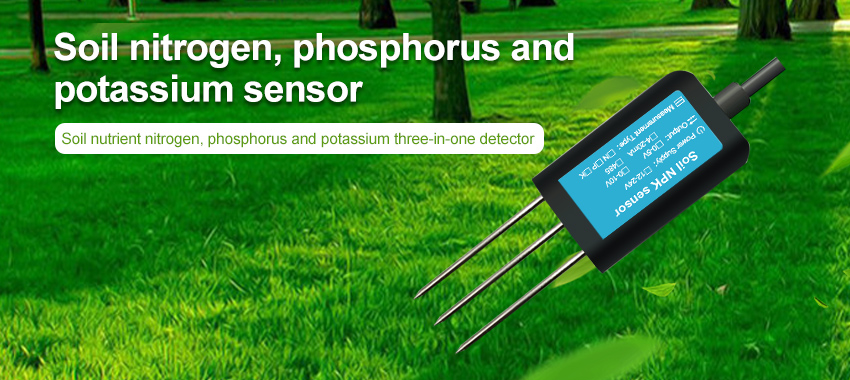Soil health and fertility are critical factors for successful agriculture and sustainable food production. Over the years, advancements in soil sensor technology have played a significant role in improving our understanding of soil conditions and enabling precise management practices. This article explores the impact of soil sensor technology on soil health and fertility, highlighting the benefits, applications, and future prospects of this innovative technology.

I. Understanding Soil Sensor Technology :
Soil sensors are intelligent devices that measure and analyze various soil parameters such as moisture content, temperature, pH levels, organic matter, nutrient concentrations, and electrical conductivity. These sensors are deployed in the soil at different depths and provide real-time data to farmers and agronomists. The data collected helps in making informed decisions related to irrigation, fertilization, and overall soil management.
II. Benefits of Soil Sensor Technology :
Precision Agriculture: Soil sensors enable precision agriculture practices by providing accurate and timely information on soil conditions. Farmers can optimize irrigation and nutrient application based on specific crop requirements, conserving resources and minimizing environmental impacts.
Improved Soil Fertility Management: Soil sensors provide detailed insights into soil nutrient levels, allowing farmers to precisely manage fertilization. By monitoring nutrient concentrations, farmers can apply fertilizers when needed, avoiding excessive or insufficient applications, and ensuring balanced nutrient availability for optimal crop growth.
Water Conservation: Soil sensors help in efficient water management by providing real-time data on soil moisture levels. Farmers can use this information to implement proper irrigation scheduling, preventing over- or under-irrigation and optimizing water usage.
Early Detection of Soil Issues: Soil sensors can detect soil issues such as nutrient deficiencies, salinity, compaction, and pH imbalances at an early stage. This early detection allows farmers to take timely preventive measures, such as targeted soil amendments or irrigation adjustments, to address these issues and maintain soil health.
Enhanced Crop Yields and Quality: By monitoring and managing soil conditions precisely, farmers can create an optimal growing environment for crops. This leads to increased crop yields, improved quality, and better overall productivity.
III. Applications of Soil Sensor Technology :
Irrigation Management: Soil sensors play a crucial role in optimizing irrigation practices. Farmers can monitor real-time soil moisture data and adjust irrigation schedules accordingly, ensuring that crops receive the right amount of water at the right time.
Nutrient Management: Soil sensors provide accurate information on nutrient levels in the soil. Farmers can use this data to tailor fertilizer applications based on crop requirements, ensuring balanced nutrient supply and minimizing nutrient losses.
Soil Health Monitoring: Soil sensors enable continuous monitoring of soil health indicators such as organic matter content, pH, and electrical conductivity. This information helps farmers assess soil fertility, identify areas that need improvement, and make informed decisions regarding soil management practices.
Precision Fertilizer Application: Soil sensors can be integrated with variable rate technology to achieve precise and site-specific fertilizer application. This allows farmers to apply fertilizers only where and when needed, reducing overall fertilizer use and minimizing environmental impacts.
Research and Development: Soil sensor technology aids scientific research in understanding soil processes, nutrient cycling, and the impact of agricultural practices on soil health. Researchers can collect precise data from various locations and analyze the effects of different management strategies on soil fertility and productivity.

IV. Challenges and Future Directions :
Although soil sensor technology offers tremendous benefits, certain challenges hinder its widespread adoption. Some challenges include the cost of sensors, data interpretation complexity, technical constraints regarding sensor placement, and maintenance requirements. Additionally, integrating soil sensor data with other agricultural technologies and data platforms poses challenges related to data compatibility and interoperability.
However, ongoing advancements in technology are addressing these challenges. Miniaturization of sensors, wireless connectivity, and cloud-based data analytics are making soil sensor technology more accessible, affordable, and user-friendly. The future of soil sensor technology lies in developing smart and integrated systems that seamlessly combine soil data with other agricultural data sources, such as weather patterns, crop growth models, and satellite imagery.
Conclusion
